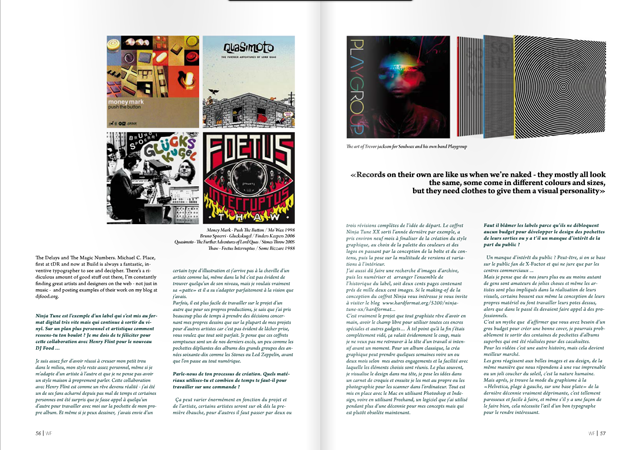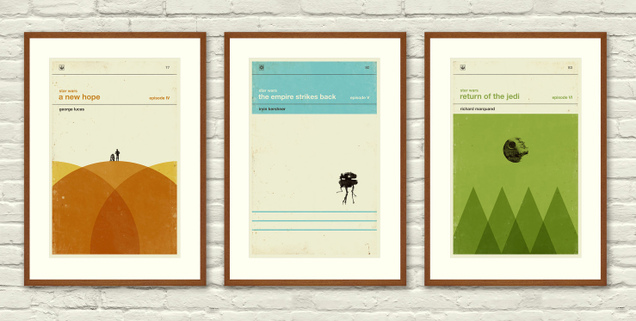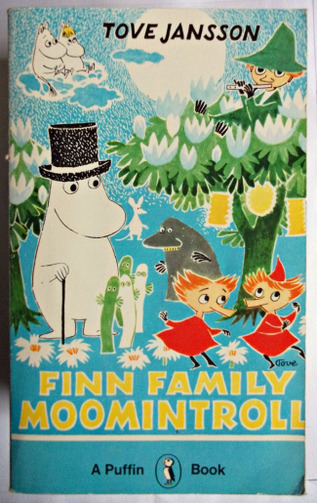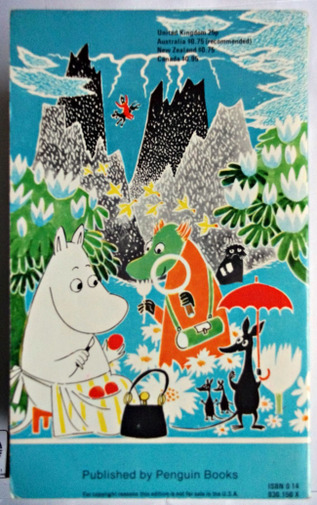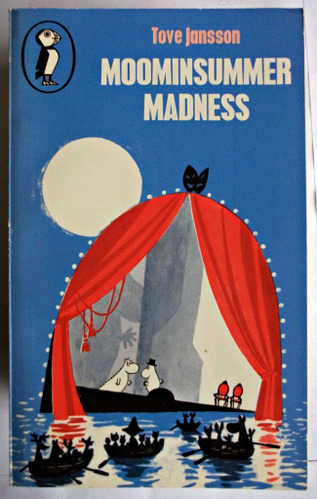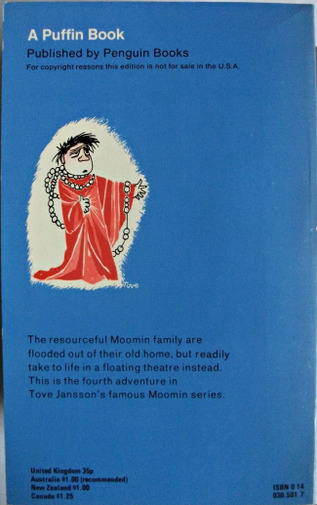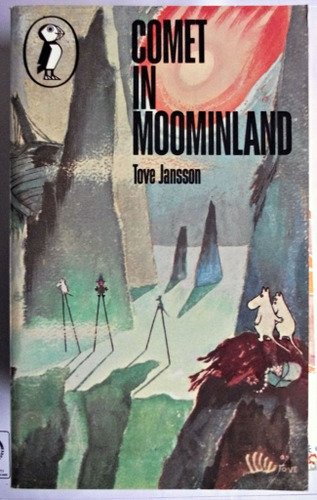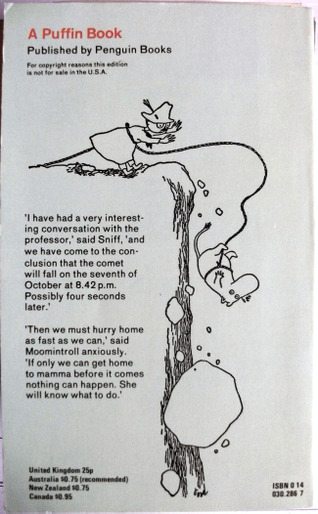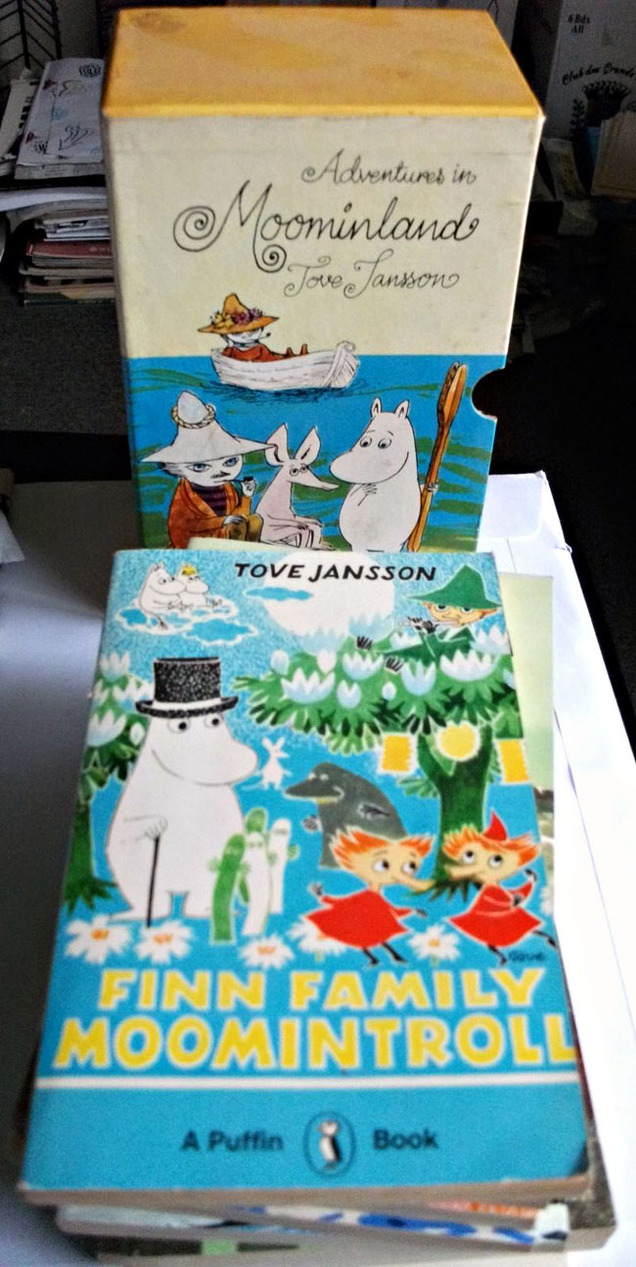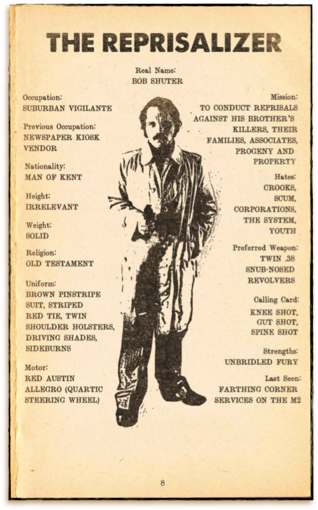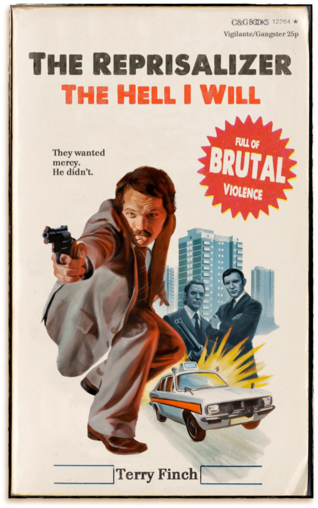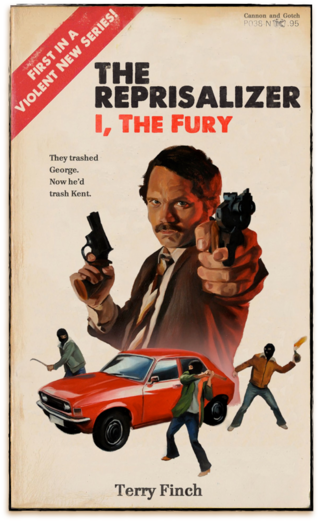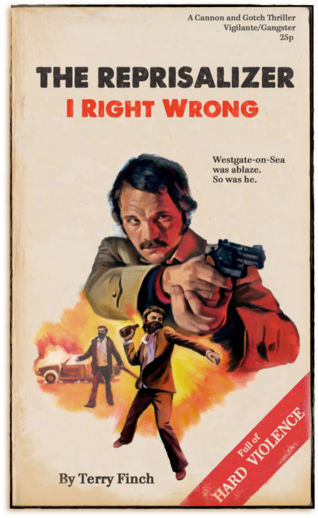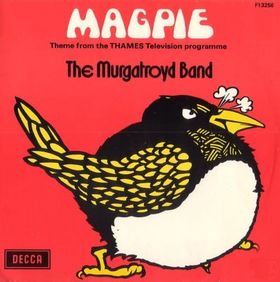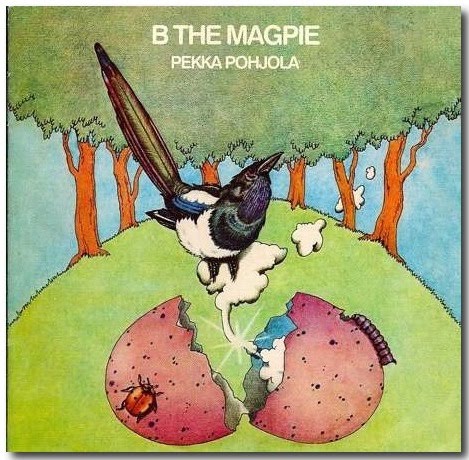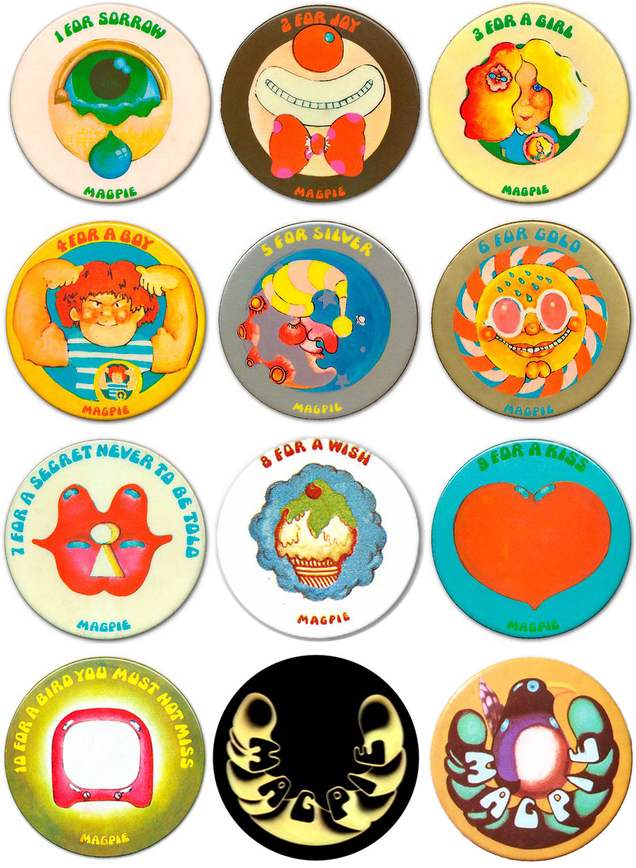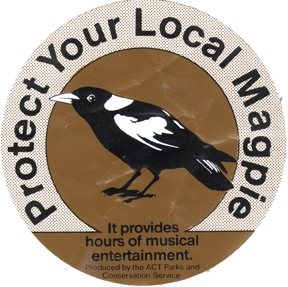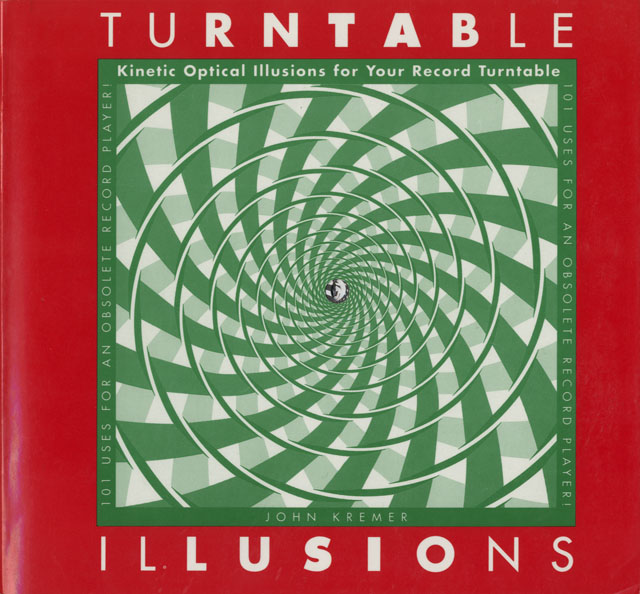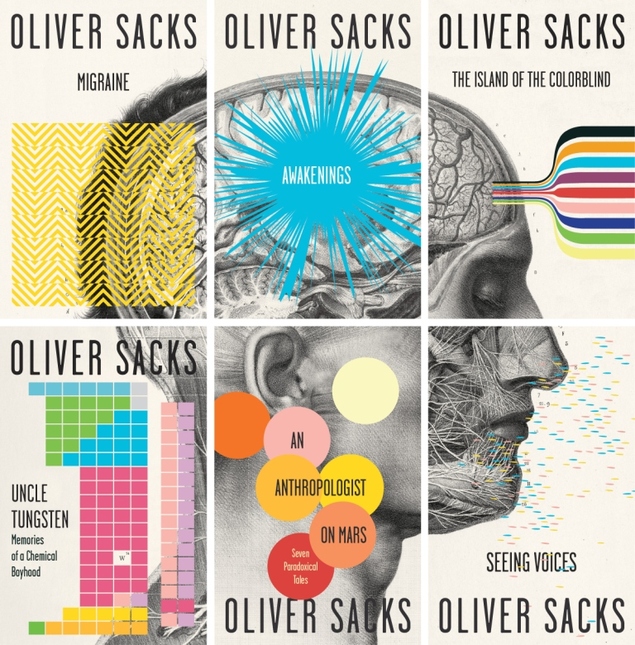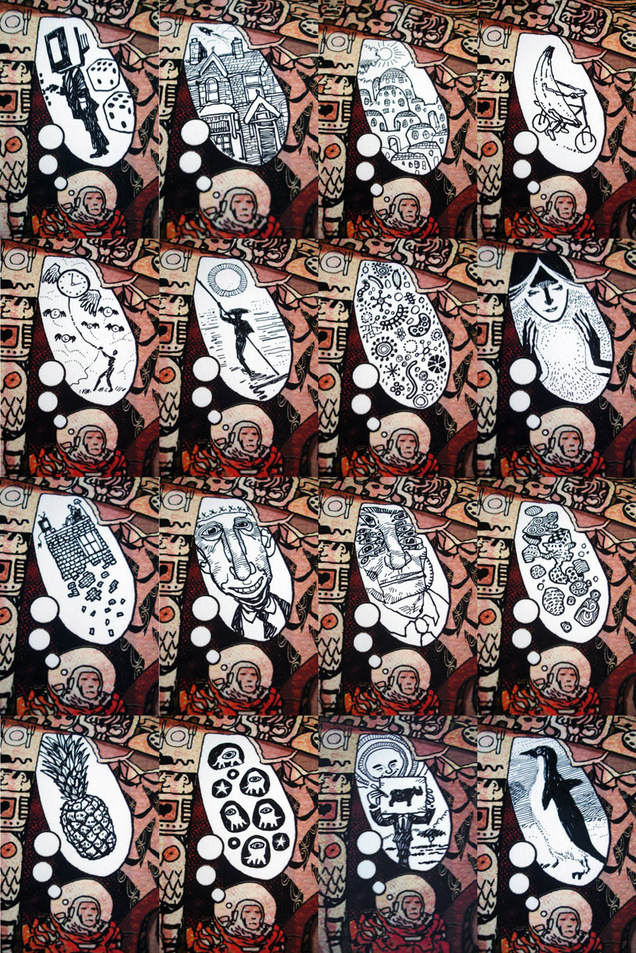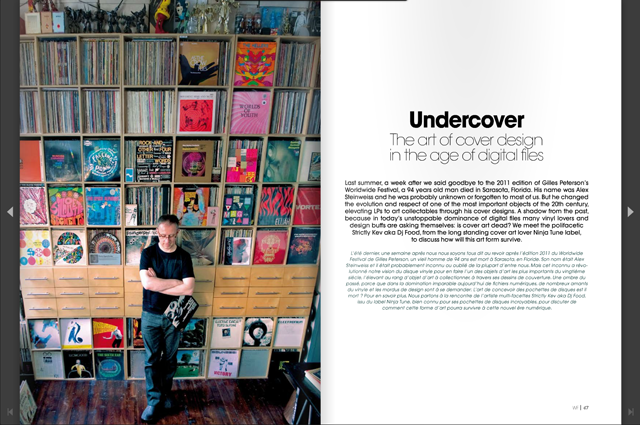 Late last year I wrote an extensive piece in response to an interview by Miguel Angel Rolland for Gilles Peterson‘s Worldwide Festival magazine about design for music in the digital age. It’s finally been published over on Issu and it’s 16 pages long (!) You can order a print copy or just download a digital version and physical copies should be available at the festival this summer. Not sure why they didn’t credit Miguel or photographer Steve Cook for the studio shot either but I’m very pleased to have been given the chance to air my views.
Late last year I wrote an extensive piece in response to an interview by Miguel Angel Rolland for Gilles Peterson‘s Worldwide Festival magazine about design for music in the digital age. It’s finally been published over on Issu and it’s 16 pages long (!) You can order a print copy or just download a digital version and physical copies should be available at the festival this summer. Not sure why they didn’t credit Miguel or photographer Steve Cook for the studio shot either but I’m very pleased to have been given the chance to air my views.
Books
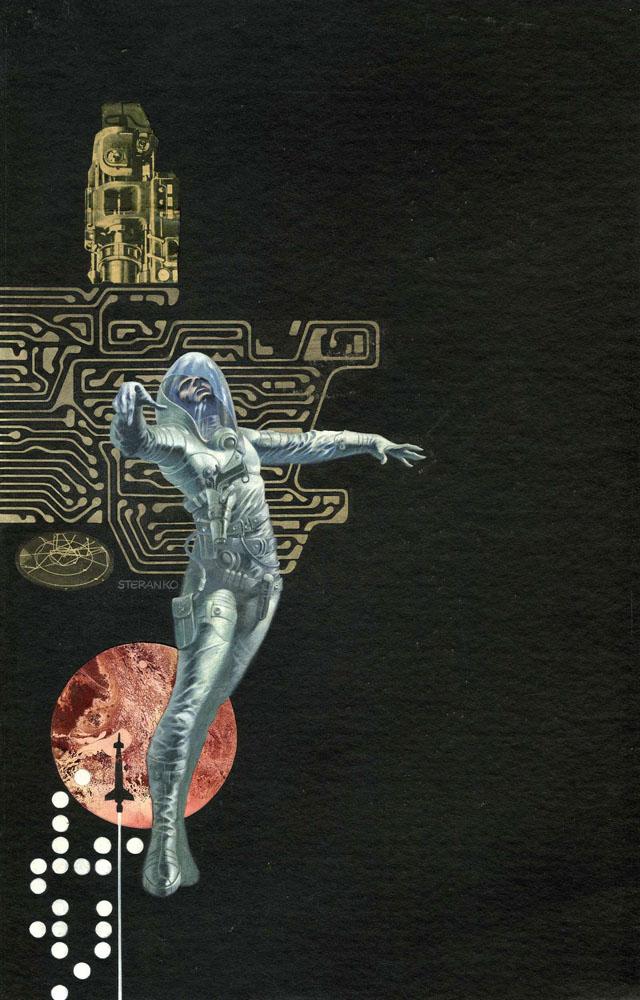 Seen on Megatrip‘s blog via the Heritage Auctions site: Jim Steranko Infinity One Paperback Cover Original Art (Lancer Books, 1970). This mixed-media piece has an overall size of 11″ x 17.5″, and the art is in Excellent condition. Sold for nearly $10,000 in Nov 2008. Stunning work.
Seen on Megatrip‘s blog via the Heritage Auctions site: Jim Steranko Infinity One Paperback Cover Original Art (Lancer Books, 1970). This mixed-media piece has an overall size of 11″ x 17.5″, and the art is in Excellent condition. Sold for nearly $10,000 in Nov 2008. Stunning work.
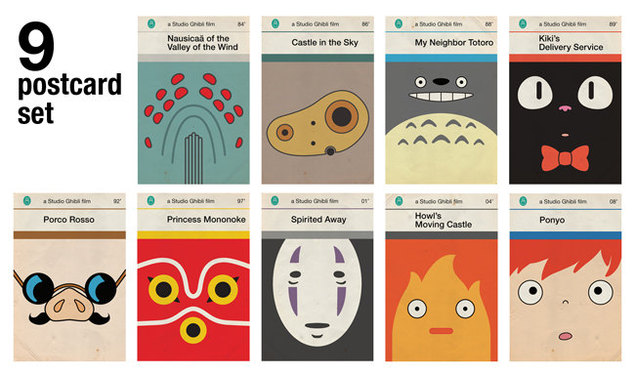 Two new takes on an old concept – films as Penguin Book covers – with the, now ubiquitous original Star Wars trilogy and Studio Ghibli films too. The SW ones are available as posters by Studio Concepcion, the SG ones by 84/5 Studio as prints and a postcard set.
Two new takes on an old concept – films as Penguin Book covers – with the, now ubiquitous original Star Wars trilogy and Studio Ghibli films too. The SW ones are available as posters by Studio Concepcion, the SG ones by 84/5 Studio as prints and a postcard set.
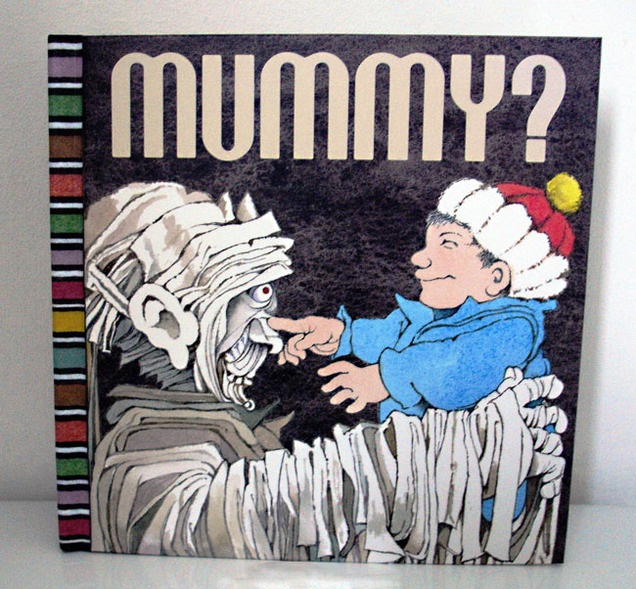 Another tribute to the great Maurice Sendak who has now sadly left us, but has also left us so much great work, including this amazing pop up book.
Another tribute to the great Maurice Sendak who has now sadly left us, but has also left us so much great work, including this amazing pop up book.
This book is head and shoulders about all the other pop up books I have (and there are a few). Firstly because it’s the only one to feature Sendak’s art, which is gorgeous as always, and secondly because the paper engineering has to be seen to be believed.
[singlepic id=3786 w=640 h=480 float=left]
The story centers on a boy looking for his mummy who enters the house of Dr Frankenstein. As he moves through each room he encounters a different character from classic horror stories: The Vampire, Frankenstein’s Monster, The Mummy, The Werewolf and, finally, finds his ‘mummy’ in the Bride of Frankenstein.
[singlepic id=3787 w=640 h=890 float=left]
At each monster he enquires, ‘Mummy?’, before proceeding to disable them in different ways, seemingly indifferent to their attempts to frighten him. This is where the ingenious paper engineering comes in, the figures don’t merely pop up, they animate at the same time as each page is opened. The Werewolf actually transforms as he extends out of the book, Frankenstein’s monster is one of the biggest pop ups I’ve seen and the boy deals with his assailants happen as you open a flap on the right side of each page.
[singlepic id=3790 w=640 h=480 float=left]
Again Sendak sends a clear message to the children who read his books: you don’t need to be afraid of these monsters, they are easy to trick or get rid of. I don’t want to spoil it ALL for you by telling you how he does it but it all ends well and there is so much detail in each page that it bares re-reading. The whole scenario was dreamt up by Arthur Yorinks, paper engineered by Matthew Reinhart and released by Scholastic in 2006 where it won several awards including the New York Times‘ Best Illustrated book award. See the gallery below for some shots, with not too many spoilers.
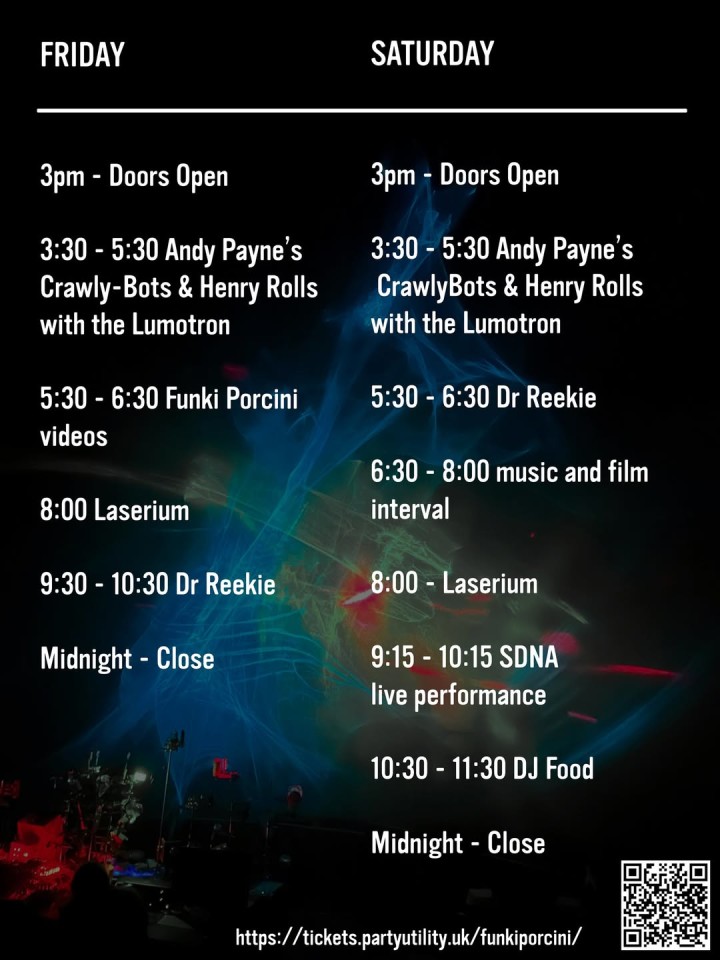
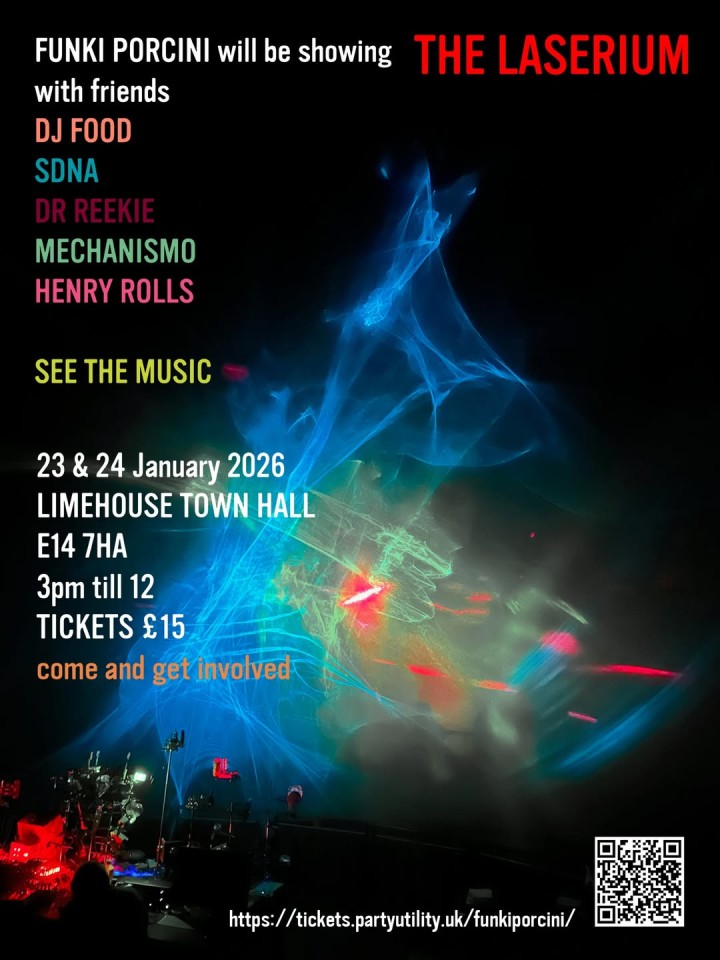

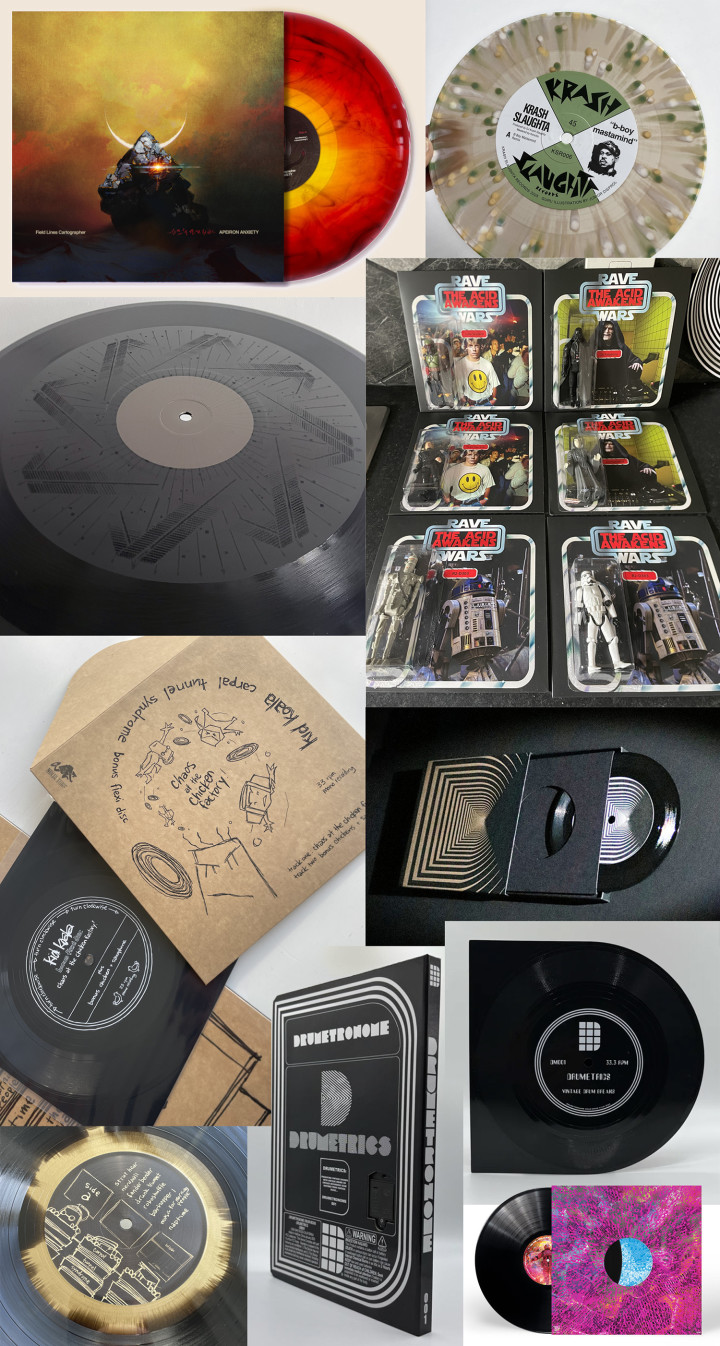
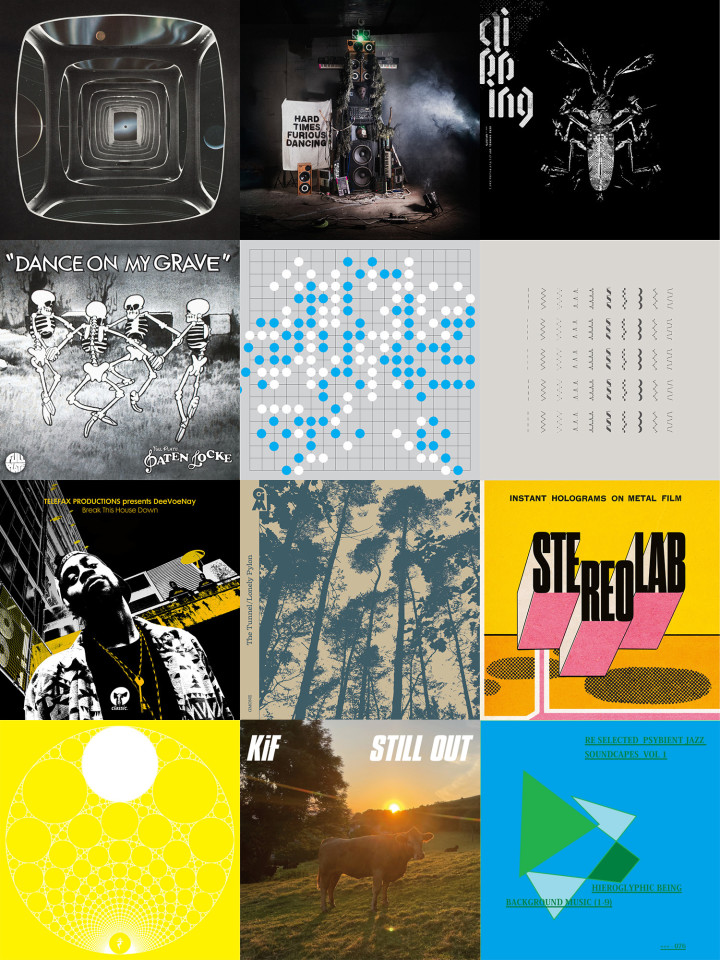
[singlepic id=3793 w=640 h=480 float=left]
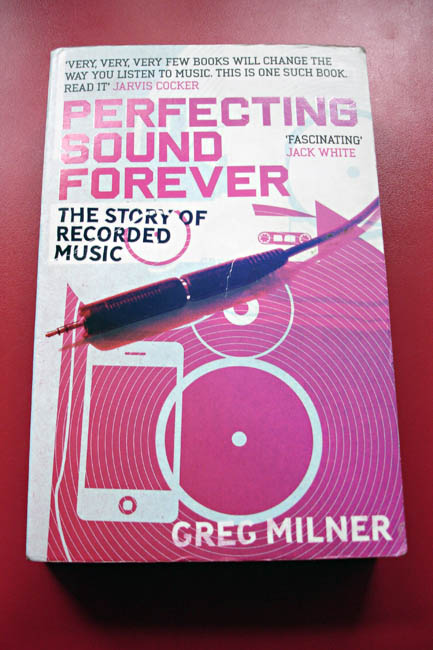 I heartily recommend this book for anyone interested in the history of recording. No, no, don’t all run away, it’s actually very good and I say this as someone who literally falls asleep reading any sort of manual.
I heartily recommend this book for anyone interested in the history of recording. No, no, don’t all run away, it’s actually very good and I say this as someone who literally falls asleep reading any sort of manual.
Starting with the Big Bang and progressing through Edison’s cylinders and tone tests Greg Milner knows his stuff and the stuff he doesn’t he’s gone out and researched. Histories of the birth of vinyl, cassettes, laser discs, synclaviers and fairlights, the New York radio amplification battles and the loudness wars are all covered.
The uneasy birth of the CD and the industries’ initial refusal to accept the medium features along with a step by step guide to what the air particles where doing when John Bonham hit his drums in a stairwell for ‘The Crunge’.
The analogue vs digital debate is also covered but with an even hand rather than the usual ‘vinyl is warmer’ stance adopted by most.
Steve Cook over at Secret Oranges has had something put in his coffee I think, several blinding psychedelic posts today alone…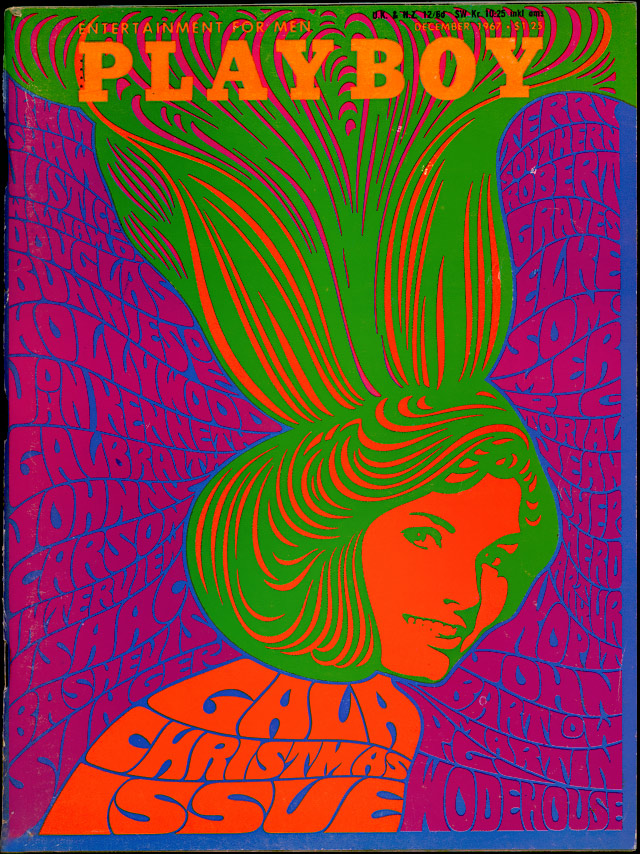
[vimeo width=”640″ height=”360″]http://vimeo.com/35720685[/vimeo]
Amazing video to advertise usegoodbooks.com. There’s a fun dig at Amazon in there too.
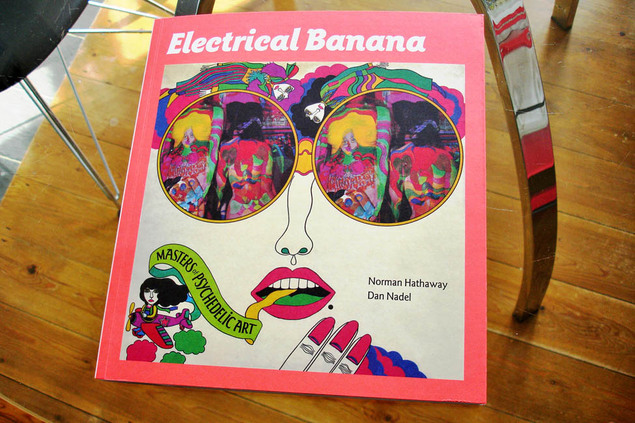
Just arrived – Electrical Banana: Masters of Psychedelic Art by Norman Hathaway and Dan Nadel – absolutely beautiful, with a forward by Paul McCartney no less, get a copy here…
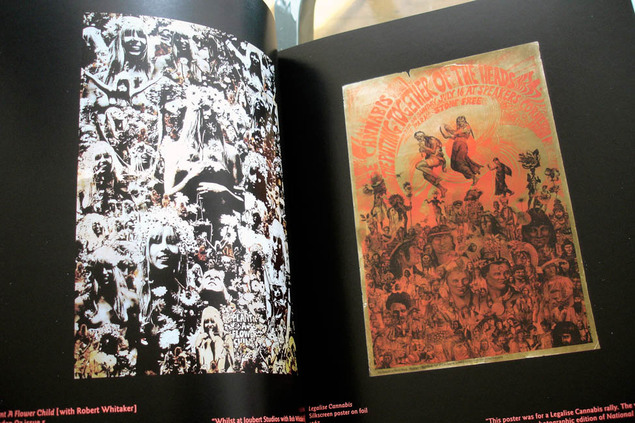
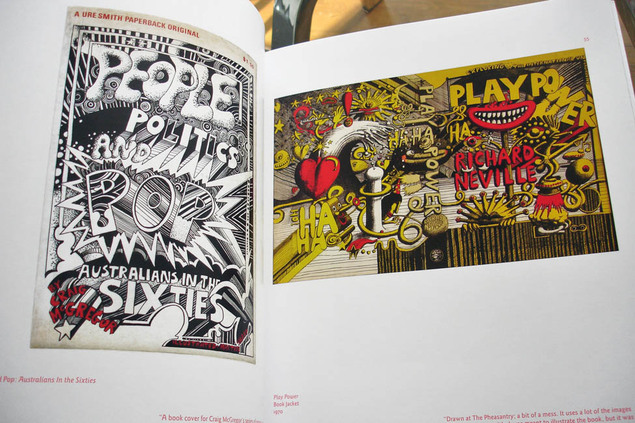
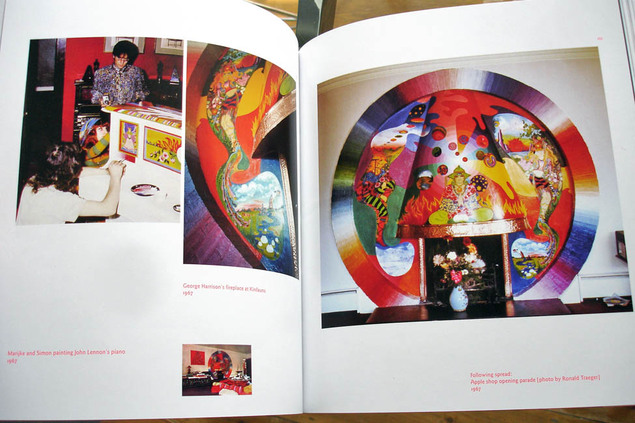
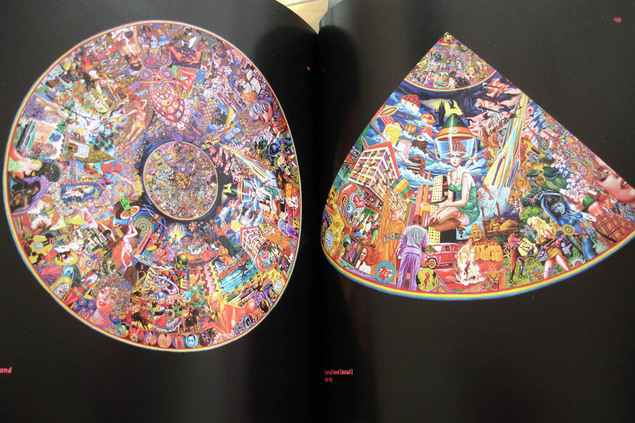
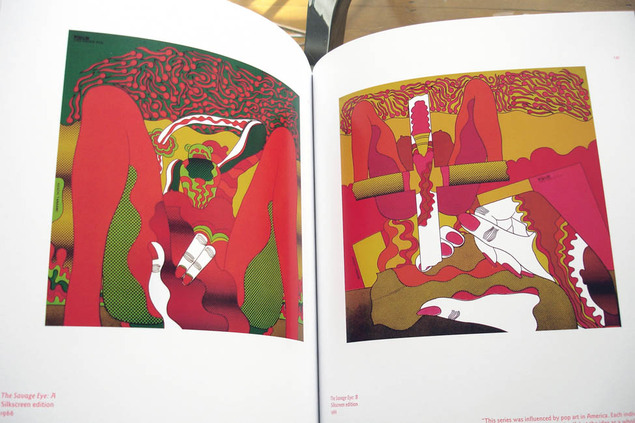
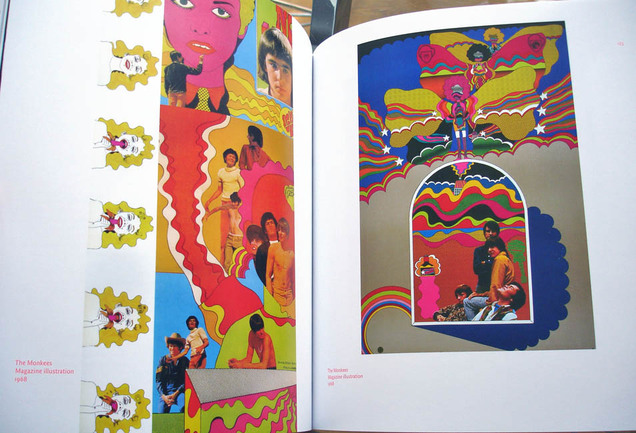
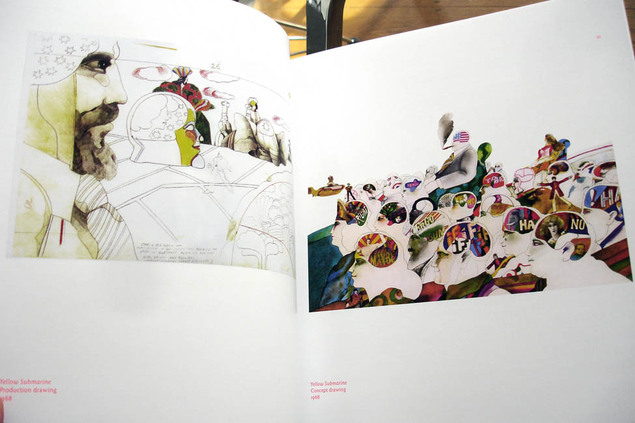
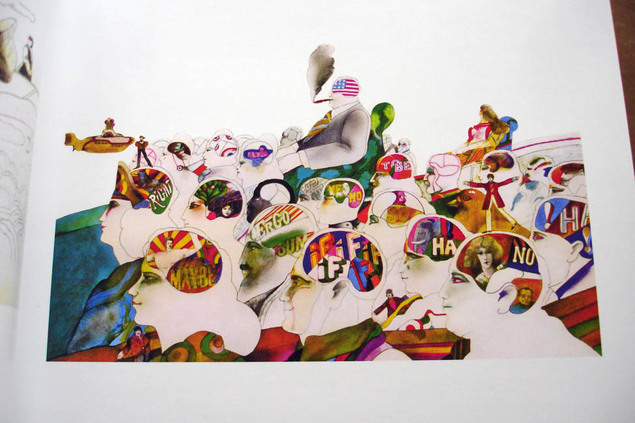
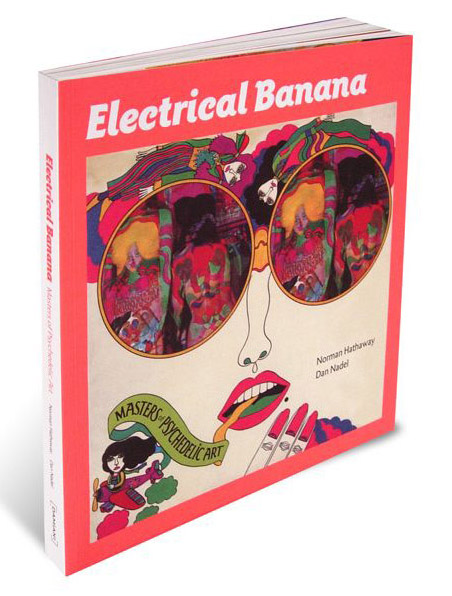 Forthcoming this Spring from Damiani. Electrical Banana: Masters of Psychedelic Art by Norman Hathaway and Dan Nadel is the first definitive examination of the international language of psychedelia, focusing on the most important practitioners in their respective fields with a deft combination of hundreds of unseen images and exclusive interviews and essays, Electrical Banana aims to revise the common perception of psychedelic art, showing it to be more innovative, compelling, and revolutionary than was ever thought before.
Forthcoming this Spring from Damiani. Electrical Banana: Masters of Psychedelic Art by Norman Hathaway and Dan Nadel is the first definitive examination of the international language of psychedelia, focusing on the most important practitioners in their respective fields with a deft combination of hundreds of unseen images and exclusive interviews and essays, Electrical Banana aims to revise the common perception of psychedelic art, showing it to be more innovative, compelling, and revolutionary than was ever thought before.
The artists include: Marijke Koger, a Dutch artist responsible for dressing the Beatles; Mati Klarwein, who painted the cover for Miles Davis‘ Bitches Brew; Keiichi Tanaami, the Japanese master of psychedelic posters; Heinz Edelmann, the German illustrator and designer of the Yellow Submarine animated film; Tadanori Yokoo, whose prints and books, defined the ‘60s in Japan; Dudley Edwards, a painter, car designer, and graphic embellisher for the London rock scene, and the enigmatic Australian Martin Sharp, whose work for Cream and underground magazines made him a hippie household name in Europe.
Yes please. €29.00 – Order it here
 Garth Marenghi (of Dark Place fame) has a new site up for a series of fictitious pulp detective novels called ‘The Reprisalizer’ in ‘the violent paperback worlds of Terry Finch‘. The Reprisalizer, aka Bob Shuter, is a throwback to the 70’s in the same way as Life On Mars was, think The Sweeney crossed with The Equalizer, set in Kent. There’s also a gunslinger character called Draw too – ‘one man whirlwind of the west’.
Garth Marenghi (of Dark Place fame) has a new site up for a series of fictitious pulp detective novels called ‘The Reprisalizer’ in ‘the violent paperback worlds of Terry Finch‘. The Reprisalizer, aka Bob Shuter, is a throwback to the 70’s in the same way as Life On Mars was, think The Sweeney crossed with The Equalizer, set in Kent. There’s also a gunslinger character called Draw too – ‘one man whirlwind of the west’.
The site is beautifully realised with excerpts from old novels on yellowing pages, reverse covers, a biog of Finch with ‘praise for the author’ and even vintage fanzines from the 80’s supposedly commemorating the books. Apparently the recent ‘A Gun For George’ film is also tied into this but I’ve not seen it yet and there are ebooks and podcasts promised as ‘coming soon’ too.
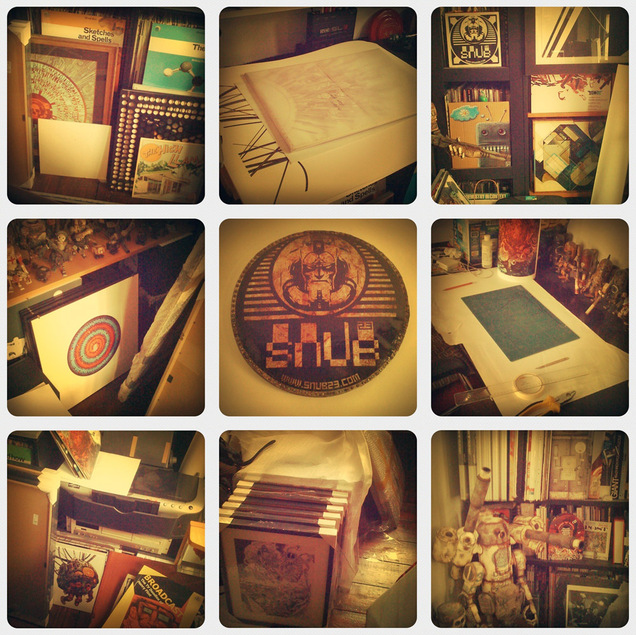 Preparations over the Xmas period for the joint artwork show with Henry Flint at the Pure Evil Gallery on Jan 26th. Not much space amongst the art, records, frames and robots.
Preparations over the Xmas period for the joint artwork show with Henry Flint at the Pure Evil Gallery on Jan 26th. Not much space amongst the art, records, frames and robots.
[singlepic id=3488 w=640 h=950 float=left]
A package at the doorstep this morning yielded the next batch of posters to be signed for Scraffer.com and a copy of Henry’s new book ‘Broadcast’. This is the collection of doodles Henry did whilst in front of the TV and provided the artwork for my EPs over the last few years. Several of the pieces are featured and I get a mention but best of all – Henry had done a full page Dredd in profile on the inside page! The fanboy in me was grinning ear to ear.
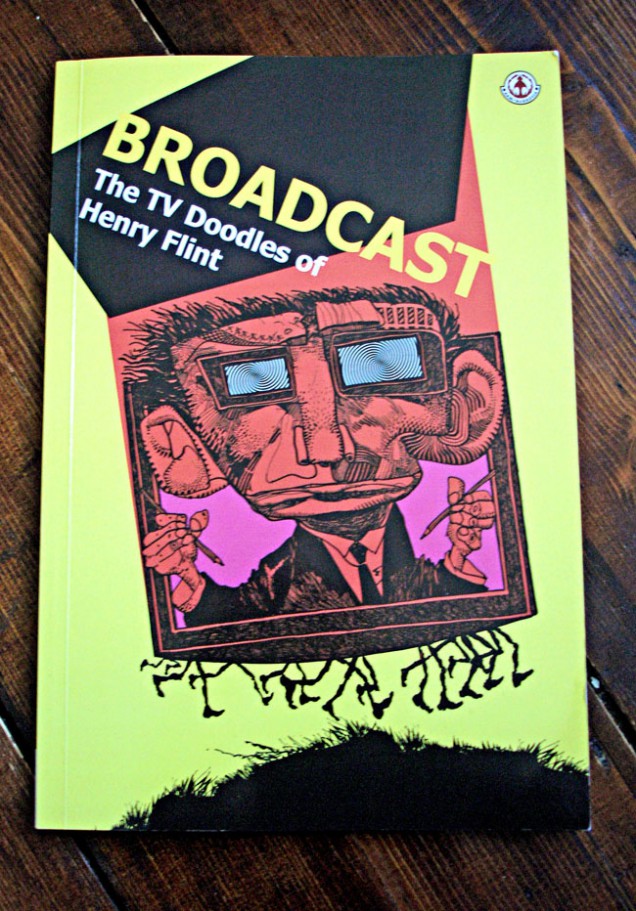
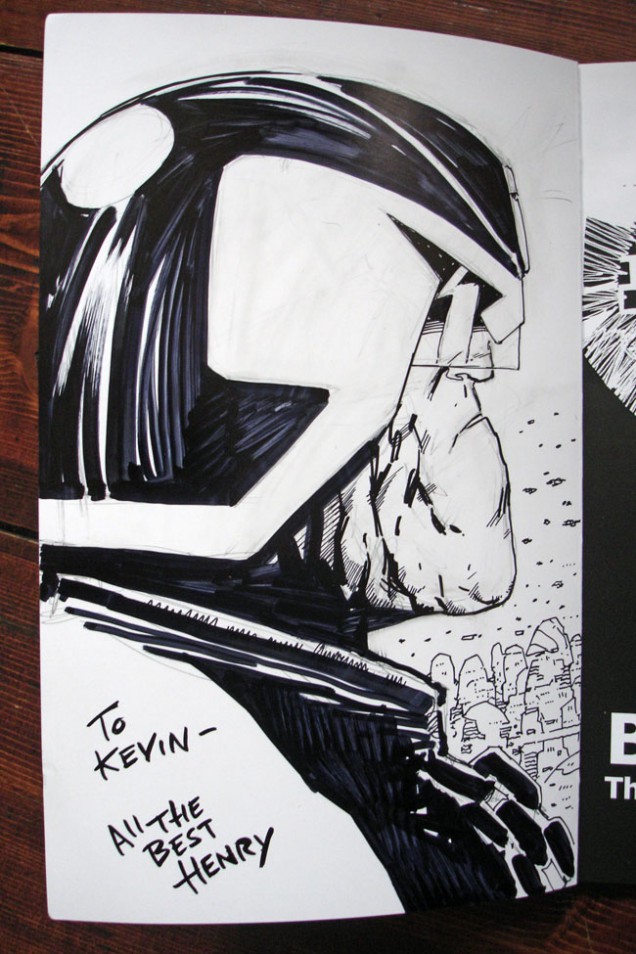
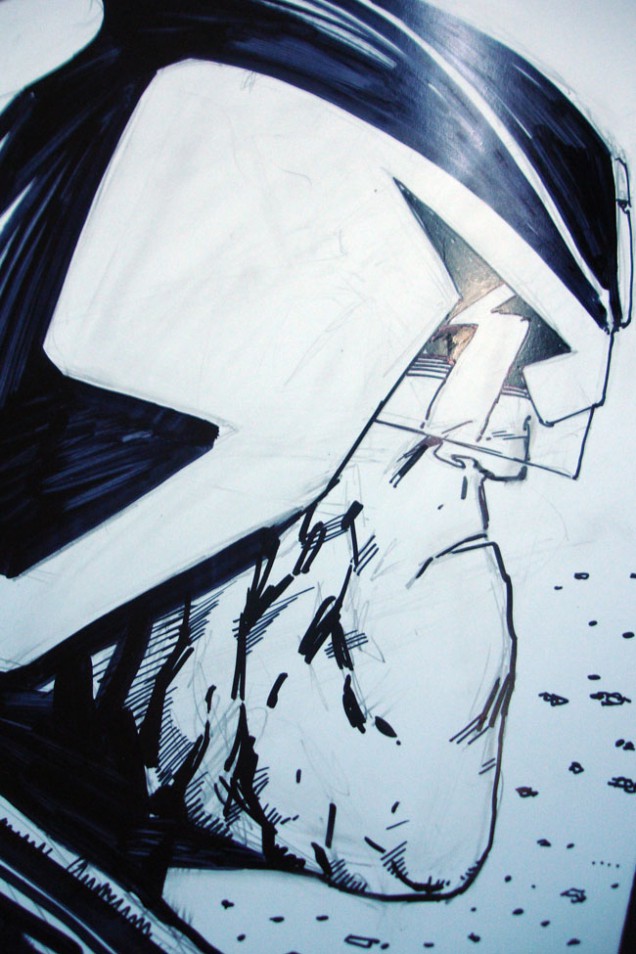
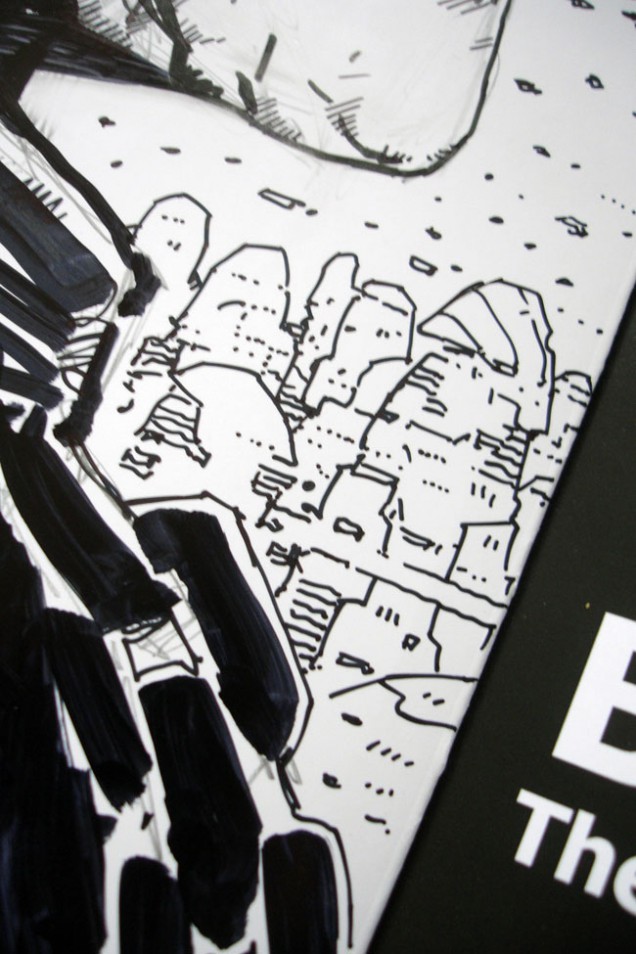
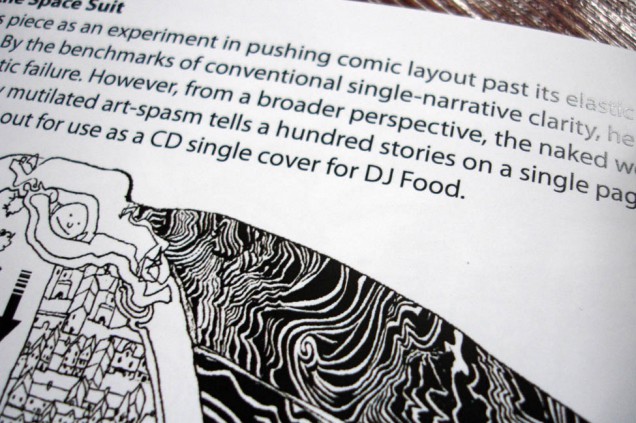
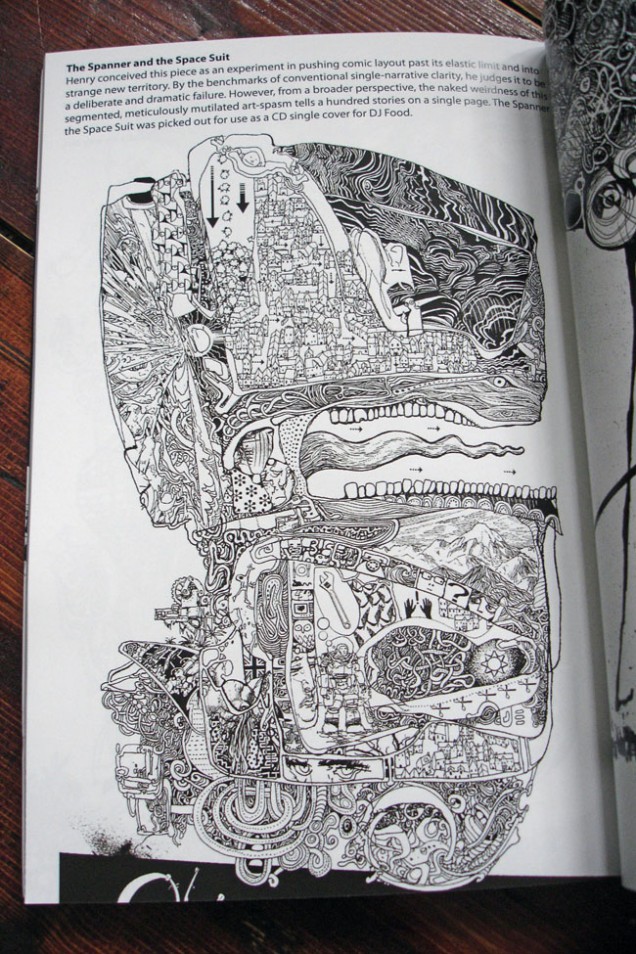
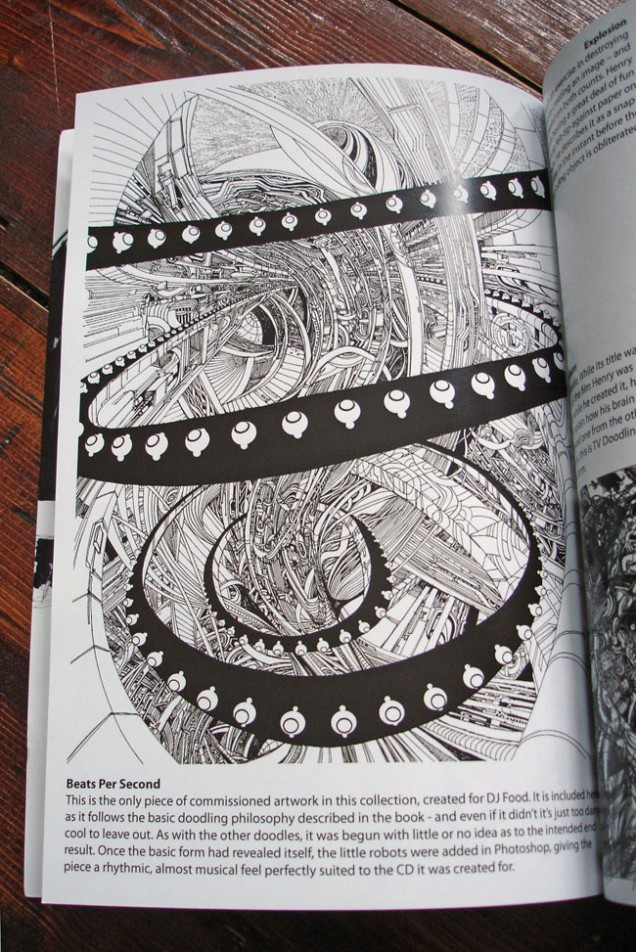
The posters were multiple copies of the ‘Mad Man’ print of the image I coloured for the ‘One Man’s Weird… ‘ EP. For the thought bubble in the centre, Henry had drawn unique doodles on each poster so that each one is different. Here’s a gallery of 16 of the doodles.
I think these are all accounted for and will be sent out on Monday to everyone who has pre-ordered, there are still some left though if you fancy one.
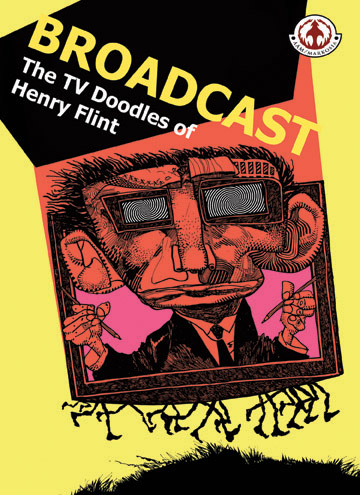 Henry Flint‘s book of ‘doodles’, ‘Broadcast’ – published by Aam Markosia, is out now. You can order from Amazon or Forbidden Planet and see several of the images I coloured for my EP releases over the last two years in their original state. Some of the original artwork will be featured in our joint exhibition in January at the Pure Evil Gallery, London.
Henry Flint‘s book of ‘doodles’, ‘Broadcast’ – published by Aam Markosia, is out now. You can order from Amazon or Forbidden Planet and see several of the images I coloured for my EP releases over the last two years in their original state. Some of the original artwork will be featured in our joint exhibition in January at the Pure Evil Gallery, London.
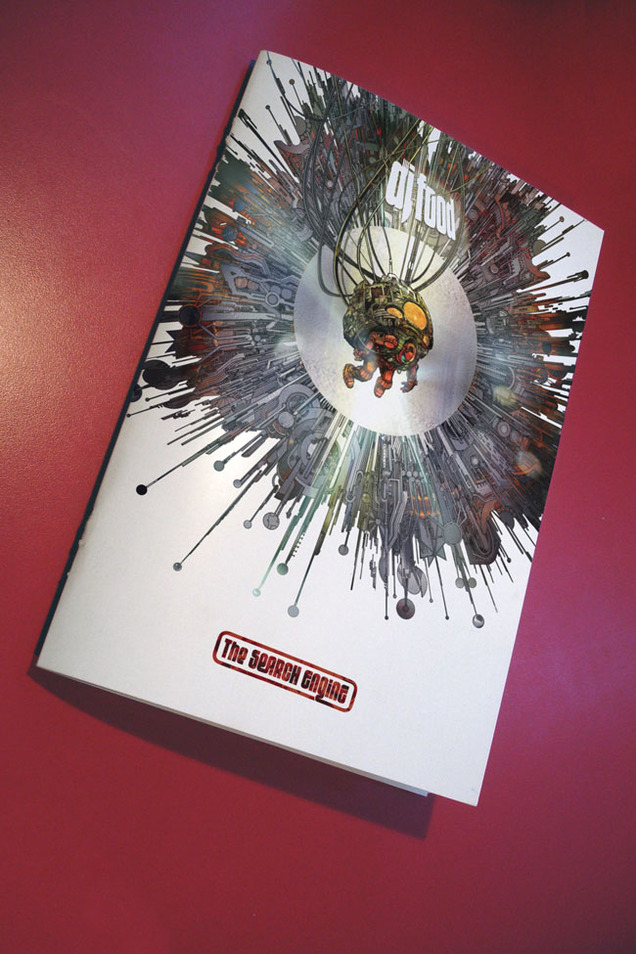
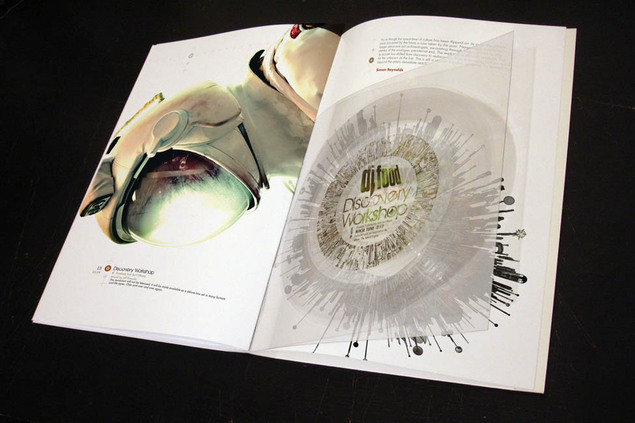
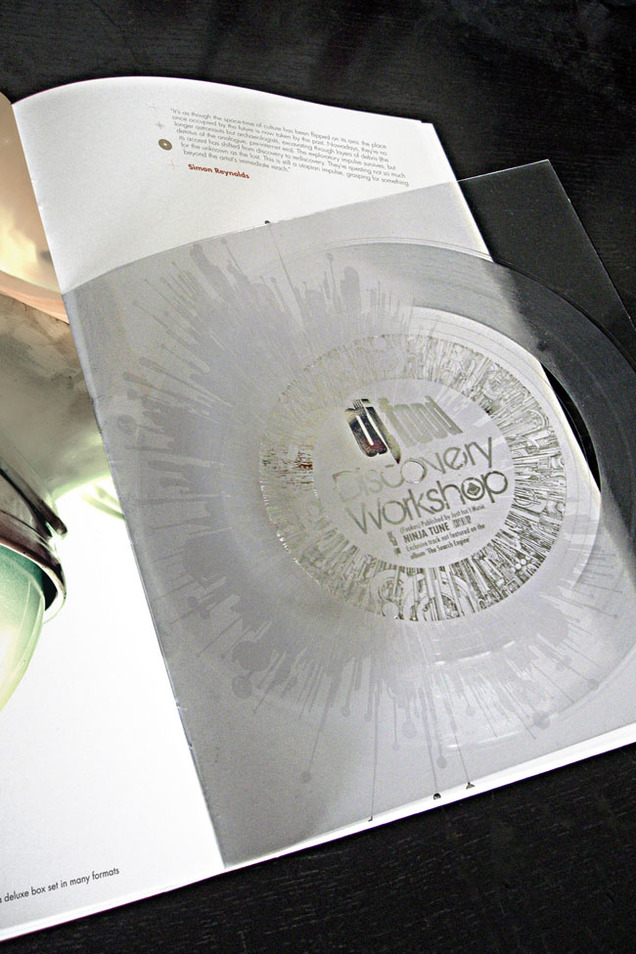
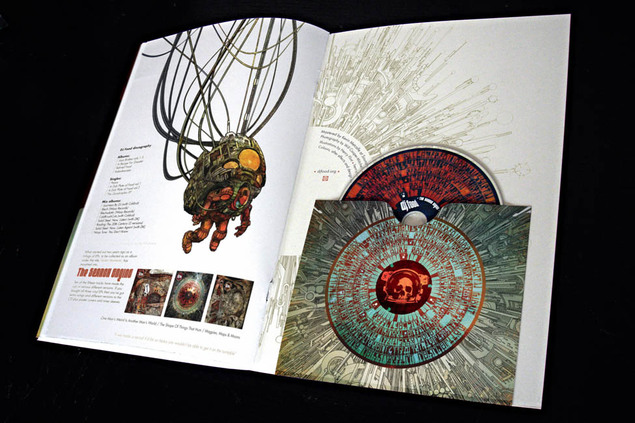 Limited comic-sized 48 pg booklet / CD / flexi disc version of the DJ Food album ‘The Search Engine’. Available to pre-order at the Ninjashop for just £12 for a limited time.
Limited comic-sized 48 pg booklet / CD / flexi disc version of the DJ Food album ‘The Search Engine’. Available to pre-order at the Ninjashop for just £12 for a limited time.
The booklet features artwork by Henry Flint and Openmind, photography by Will Cooper-Mitchell, lyrics and more, the flexi disc will only be available with this package.
[vimeo width=”640″ height=”480″]http://vimeo.com/30727793[/vimeo]
I’ll have one of those please, now they just need to reissue his children’s book ‘Henri’s Walk To Paris’ and I’ll be happy.
Postscript – apparently ‘Henri’s..’ is due for reissue in Feb 2012! Also this beautiful compilation of Bass film titles was put together by Ian Albinson of the Art of the Title website recently, in honor of the book being published.
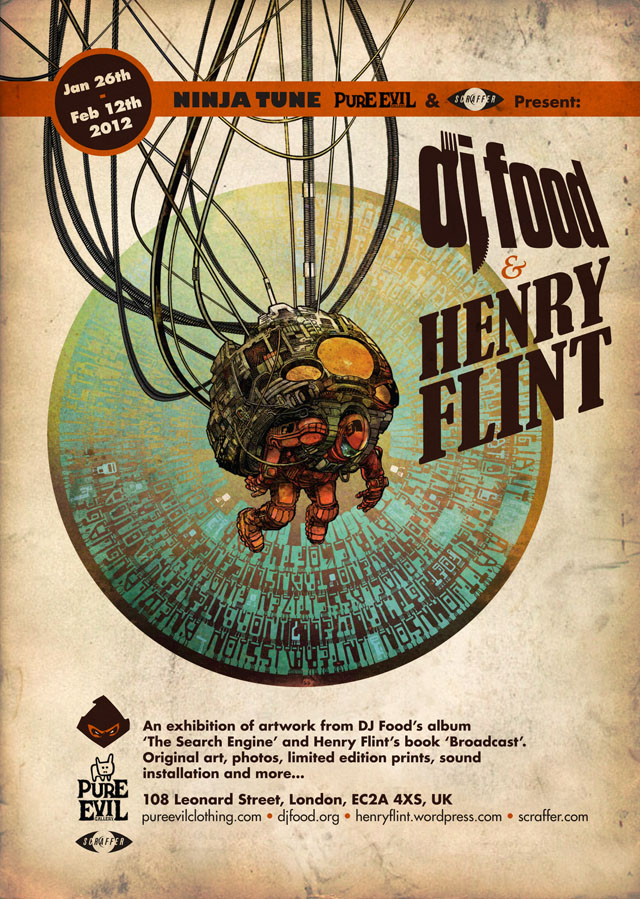 Ninja Tune, Henry and myself are very pleased to be partnering with the Pure Evil Gallery in Shoreditch and Scraffer.com early next year to present artwork from my album and Henry’s forthcoming book ‘Broadcast’.
Ninja Tune, Henry and myself are very pleased to be partnering with the Pure Evil Gallery in Shoreditch and Scraffer.com early next year to present artwork from my album and Henry’s forthcoming book ‘Broadcast’.

